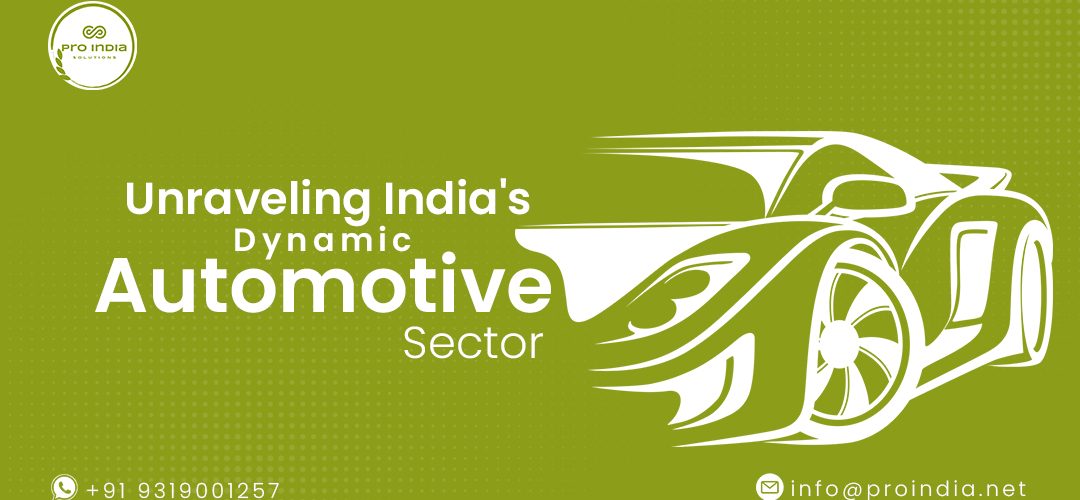India’s automotive sector has solidified its position as a global powerhouse, ranking third in terms of production and fifth in sales worldwide. With a staggering market worth surpassing US$100 billion, this vibrant industry plays a pivotal role in driving India’s economic growth, contributing 7.1% to the nation’s GDP and accounting for an impressive 8% of total exports. In this article, we delve into the intricacies of India’s automotive sector, exploring its regulatory landscape, market orientation, product diversification, business model, distribution channels, maturity level, and sustainability challenges.
The industry operates under the watchful eye of robust regulatory frameworks, including the Motor Vehicles Act of 1988 and the Central Motor Vehicle Rules of 1989, ensuring stringent safety standards and emissions control. Additionally, the Automotive Industry Standard (AIS) regulations govern various aspects like fuel efficiency, vehicle registration, and licensing, guaranteeing adherence to high-quality standards.
Striking a balance between domestic and export markets, the Indian automotive sector exhibits a dual focus. While the domestic market remains the largest, the export market is rapidly expanding. In 2022, India witnessed an astounding 35.9% increase in vehicle exports, surpassing the 5 million mark. This growing international competitiveness bodes well for the industry’s future.
The product landscape in India’s automotive sector showcases a fascinating mix of commodity and brand segments. Commodity products, including two-wheelers and three-wheelers, cater primarily to the domestic market, serving the mobility needs of millions. On the other hand, brand products, encompassing passenger cars and commercial vehicles, command a presence both domestically and in export markets, reflecting the industry’s commitment to innovation and product differentiation.
Embracing a business-to-business (B2B) model, the automotive sector in India predominantly serves car dealerships, bus operators, and truck fleets. Strong business relationships and an efficient supply chain management system play a pivotal role in driving seamless operations and meeting diverse customer demands.
In terms of distribution channels, the Indian automotive sector adopts a hybrid approach, integrating wholesale, retail, and e-commerce. While wholesale remains the primary mode of distribution, retail sales also play a significant role in reaching end consumers. E-commerce is emerging as a promising channel, offering convenience and accessibility to tech-savvy buyers. The industry’s gradual shift towards e-commerce underscores the growing significance of digital transformation and technological integration.
Despite its impressive growth and size, the Indian automotive sector is still maturing. This dynamic industry is continually evolving, presenting ample opportunities for improvement in areas such as product quality, safety standards, and fuel efficiency. To maintain its growth trajectory, the sector must emphasize continuous innovation and embrace cutting-edge technologies.
One of the significant challenges facing the Indian automotive industry is its resource intensity. The production of vehicles demands substantial amounts of raw materials, including steel, aluminum, copper, and other metals. Furthermore, the sector consumes a considerable amount of energy during various manufacturing processes. To ensure long-term sustainability and environmental responsibility, the industry must focus on adopting eco-friendly practices and resource-efficient approaches.
In conclusion, India’s automotive sector stands at the cusp of a promising future. Its impressive growth, regulatory compliance, and growing presence in international markets showcase its immense potential. Embracing innovation, sustainable practices, and digitalization will be instrumental in steering the industry towards even greater heights. As the sector continues to mature, it is poised to drive India’s economic growth and leave an indelible mark on the global automotive landscape.
Pranjal Shrivastava | Pro India Solutions



